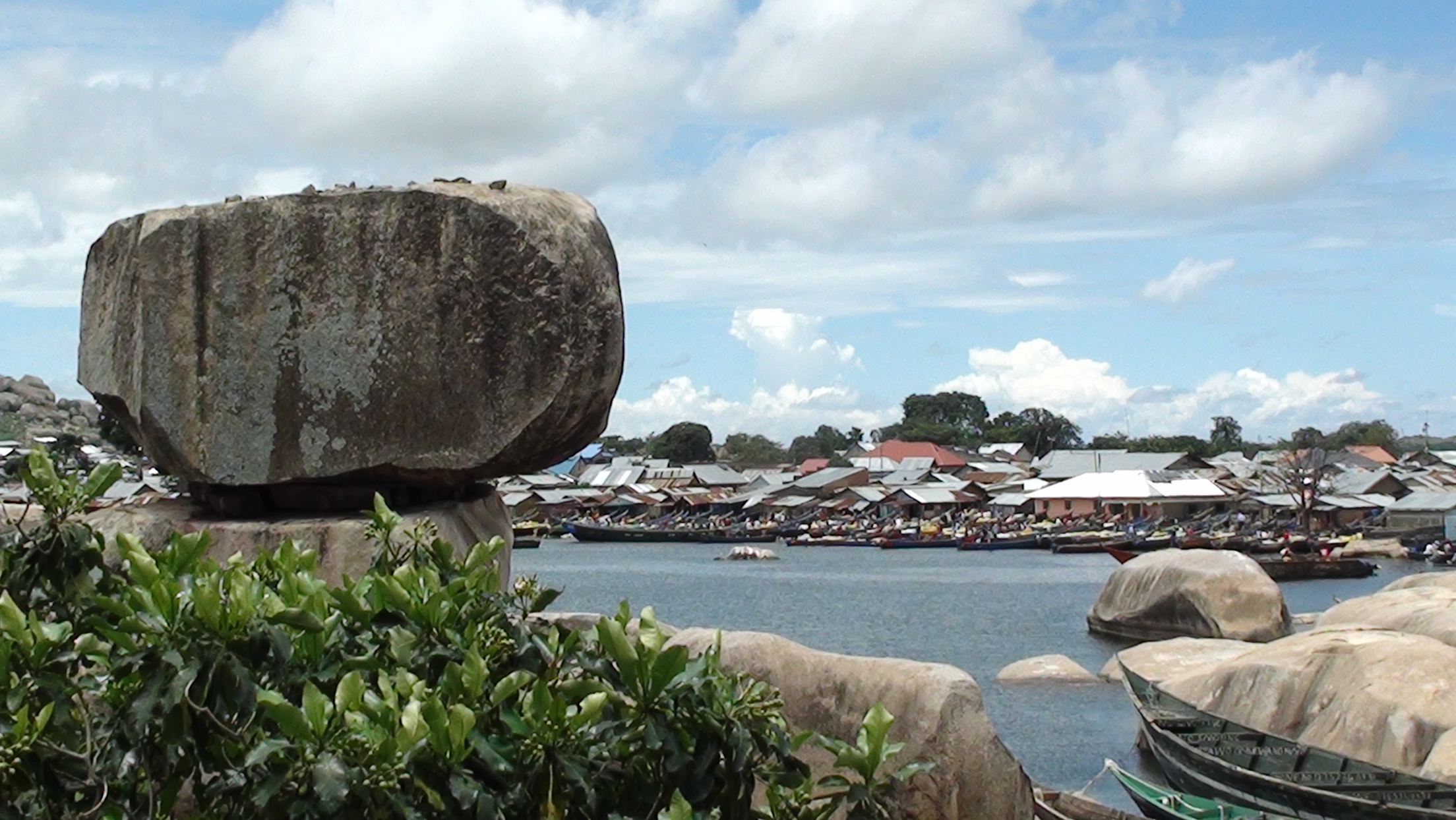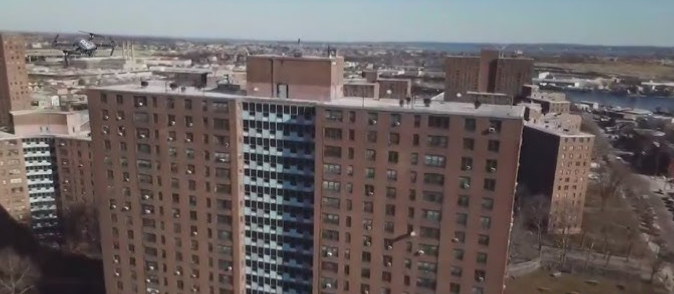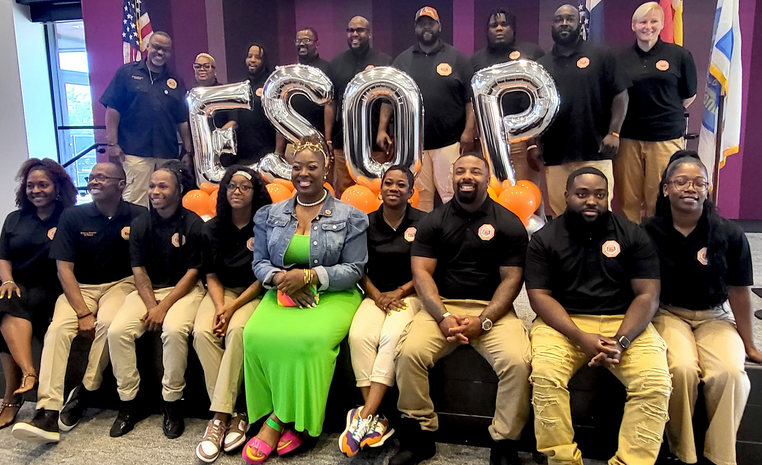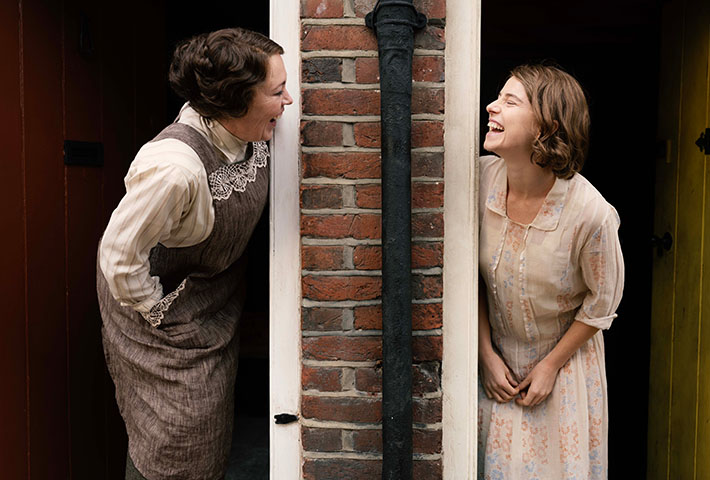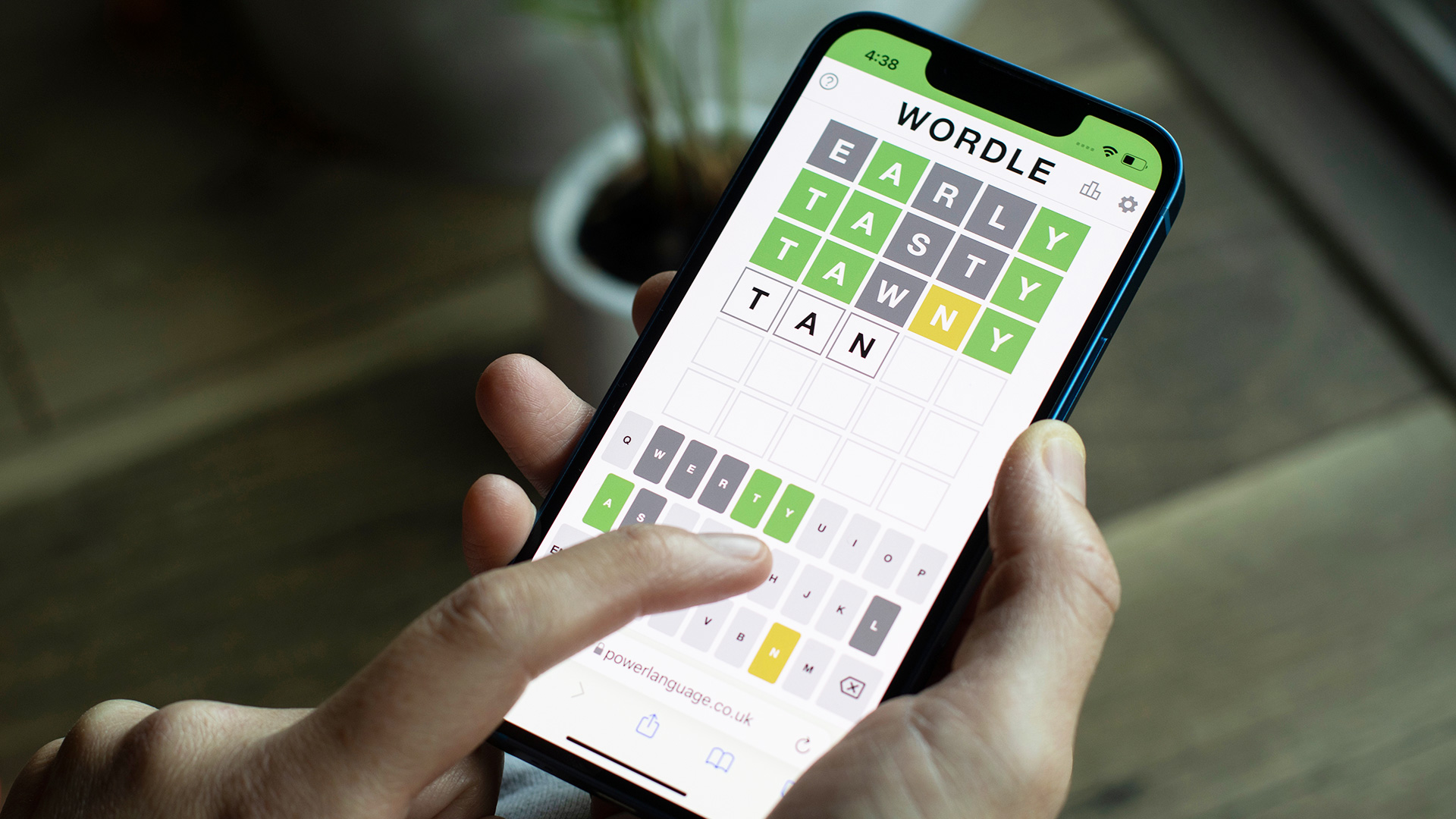It’s a bright morning in Bwondha landing site on the shores of Lake Victoria, the world’s second largest fresh water lake. I am heading to Dolwe Island, eastwards, on a three to four hour journey by boat to physically view and touch the rock art and paintings done about 300 to 500 years ago by the early inhabitants of the 4.7 square mile Island famous for the most artistic rock formations. Golofa that looks like a storied building, Ndege in shape of a plane, Singiro, Bukangawa and Mwango portray the natural beauty of rock art in pictures. The Island is not only a place for business where professionals like medics and tycoons in the fishing industry have invested but also a mixture of nationalities, 60% of the population being the Ja Luo from Kenya and the rest Ugandans. 51 year old fisherman Ssebaduka Richard from main land Jinja district has lived all his life in the water, growing from employing one to 200 fishermen to operate his 30 motorised boats using about 1,800 standard nets to fish about 100 kilograms of fish a day for export. A kilo of fish costs about $3 in Uganda.
Dolwe is a sub county of about 35,000 people with the most tourist attractions in Busoga region though their only means of transport is by boat.
The buzz in action shows that the sailors are running out of time to start the engine and sail away to a little known Treasure Island on the world’s second largest fresh water lake. Time is of the essence else the weather changes and the waves too big for the sailor to continue the journey. One could use a police sub marine boat or the light fibre boats but many Islanders prefer the wooden boat. The wooden boat are made from the Island using imported timber from Congo Zaire since neither Uganda nor Kenya has to light wood for the timber required to make the boat. The locals are used to it. So I boarded with them. Transport from the landing site is 10,000/=. It is cheaper and the speed is less scary to many compared to the fibre boat that takes an hour from the landing site to the Island.
“Whoever does not enter will wait for us again tomorrow,” Shouts the sailor in Lusoga, the predominant language in the region. Though as I was carried to the boat, I a woman came yelling in Luganda for the man who carried her to the boat demanded $1 yet she wanted to pay him 5 Cents complaining that the distance is too short, about 5 metres for her to pay $1. On phone was another woman speaking at the top of her voice in a mixture of Lugbara and Kiswahali. I picked that she was speaking to her business partner in Arua district in West Nile, Uganda and language seemed a challenge, hence the mixture.
The conductor loaded two more 20 liter Jerri cans of fuel on to the blue and white painted boat with dark brown flowery curtains and iron sheet roof. The fuel is a surplus to run the engine through a three to four hour drive from Bwondha landing site in Mayuge district to Dolwe Island in Namayingo district. No filling points exist once off the shore since the boat makes a stopover only at Masolya Island to off load goods bought from main land and passengers.
The breeze felt cool on my skin. So I wore a jacket. Standing at the shore with my bag pack, I watched as countless boys in their youthful days ululate in excitement as they carry more passengers into the already packed 50 seater wooden boat. A young boy approached and asked to carry me to the boat so that I do not step in water. I looked at the boy and wondered whether he would have to hold his neck as he grabs my butts off my feet in his arms to the boat like the rest were already doing. The shore has no gangway to the docked boat. I felt embraced. A woman nearly slipped as she was put in the boat. For she was fat and wore a short green dress. I smiled and the boy carried me thinking I had accepted his offer. Another man entered the boat through the right side carried on the shoulder. The men who carry passengers to the boat so muscular that the much younger boys have to negotiate with clients for fear for being thrown in water by such boys. The boys spend their day carrying passengers with such joy as though their lives depend on it.
In the boat are chair like and bench seats. I sat at the extreme end to my left. Another woman sat behind me with her a man. She immediately put her head on his laps fearing to gaze at the water. She vomited all through the journey.
“Can you imagine we trust this piece of wood with our lives on these waves?” A man dressed in neatly pressed blue jean trousers and shirts wondered to himself as his neighbor turned to look at him with a twisted smile that faded fast from his face. The man is a Munyankole from Western Uganda. He operates a clinic on the Island. I had a passenger call him ‘Musawo’ loosely translated as doctor as he signaled for his supplies of assorted drugs packed in a Rwenzori mineral water box to be placed in a safe position. The conductor responded affirmative, added a few more people such that in seats of five people, there were seven passengers. Children wailed as their mothers tried to comfort. A neonatal mother kangarooed her baby as the boat engine reeved, ignited and propelled the pieces of wood forward. The boat went silent, safe for the sounds of the engine as the boat headed into the deep blues of the water, into Lake Victoria.
The passengers as though in deep thoughts kept silent for about thirty minutes as they watched birds of different spices freely fly over the waters. Further north, a fisherman cast his net on the lake as a much younger boy rowed the canoe. Fishing is a major economic activity for both Islanders and those at the landing sites of Lake Victoria.
The waves were calm and the sailor brilliantly beamed, thanking God for the good weather. On a bad day, he would warn the travelers and instruct them to wear the orange life jackets provided to all passengers accepts children whose sizes are not available on the boat. A mother in front of my seat had a wailing child. To breast feed, she untied her life jacket, positioned the baby and looked into blurred features of Islands formed in the distant. The waters seemed to be touching the clouds as the boat moved further on the waters. Conversation returned to the boat and a man seemingly in his 30s turned on his hand size radio. The female presenter who spoke in Luganda and English thrilled passengers with her sarcastic prologue of married women who do not care about their hygiene after giving birth. That became topical in the boat.
After about one and a half hours on the water, the boat approached an Island with fishermen arranging their nets as women washed clothes by the shores. That was, the only stopover at Masolya Island, the last of the seven Islands in Mayuge and the journey continued to the land of wonders, Dolwe.
The boat continued eastwards but slower since the waves were beginning to swell. The scotching sun poured it’s fullness on those seated on the left side of the boat. I lowered the curtain and took a nap as conversations continued in languages I could not speak. I realized that the passengers spoke other languages than English.
The Musawo seated next to me awoke me to a beautiful rock standing in the middle of the water and further was a fleet of boats of all colors and fishermen arranging nets. He pointed to another rock on my right, a pile of rocks upon each other in different shapes and sizes.
“That is Golofa. It inhabits most of the gods of this Island.” He said. Musawo’s name is John Tumusiime. He has lived on the Island for two years providing private health services to the Islanders. I do not know much about these rocks but all I know is that God created them and many more are that side as you enter the Island.” Tumusiime spoke English with a thick Lunyankole ascent. He offered to guide me to the local Leaders of the Sub County including the leaders of the gods of the Island who live in the rocks.
The Island just like any other political space has conflicts too. The Locals despute the Lusoga name Dolwe word and insist the Island is called Lolwe, named after the first inhabitant, a Ja Luo, Nyamulolwe who returned to the Island in the 1970s from Kenya. The Island fell vacant during President Milton Obote’s regime in the early 1970s due to tse tse fly infestations and the government planned for aerial spraying of the Island.
However, the spraying was done during the reign of President Idi Amin and two monkeys were later placed on the Island to test whether the area was safe for human settlement. The monkeys survived and reproduced. Nyamulolwe then came and settled with his family in one of the villages, Singiro and also reproduced with his wives and more people came to the Island. The Island currently inhabit about 35,000 people in 14 villages with a sub county local government administrative unit.
